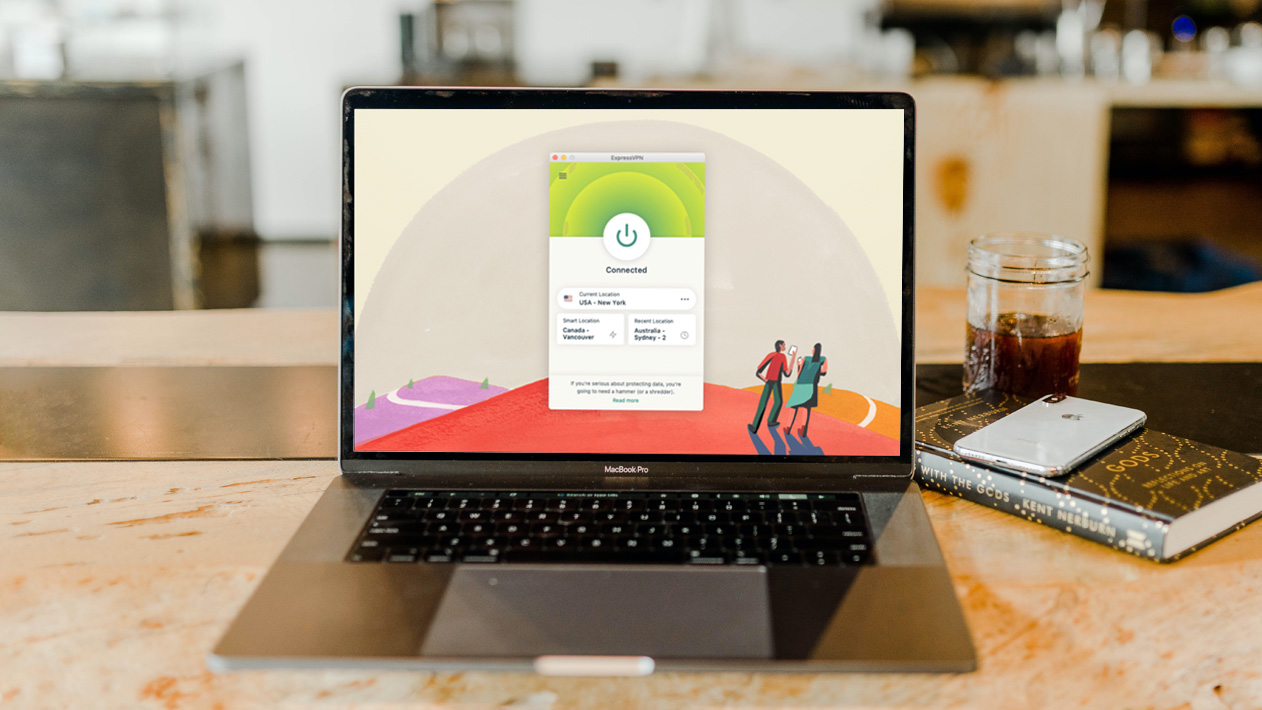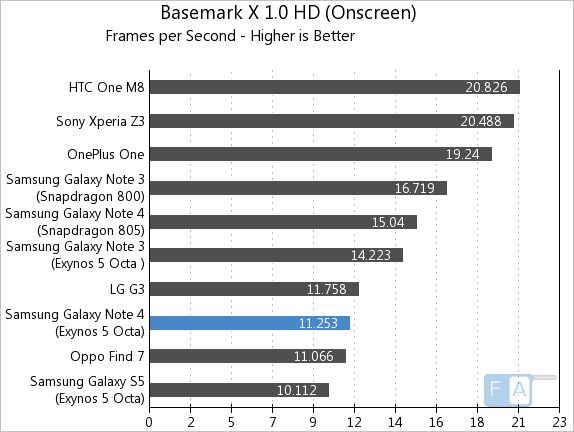

To preface the HPCG results as they relate to the new Chinese top supercomputer, however, we should note that even though TaihuLight shows rather abysmal performance on HPCG, this does not necessarily mean it is a stunt system (as some thought the former top Chinese supercomputer, Tianhe-2 was, to some extent). That does not sound good, but remember that even the other systems on the list are getting between 2-3% percent at the top, with Japan’s K Computer showing the highest percent of that theoretical peak potential’s actual utilization at 4.9%. 3% system utilization based on the theoretical peak. While the TaihuLight supercomputer rocked the Top 500 supercomputer list, its performance on HPCG showed that it is getting just. As it turns out, HPCG and its focus on real application patterns, tells another story. Performance and architectural details on that machine can be found here, but most of that discussion is based on its performance on the Linpack benchmark. This system made world headlines this week with its dramatically superior performance that shatters the performance record for supercomputing by a long shot. If there was ever a time when the value of such a benchmark could be clearly seen it was with today’s announcement of the latest Linpack Top 500 results that put the apparently spectacular performance of the new Sunway TaihuLight supercomputer into clearer focus. Jack Dongarra (one of the original founders of the Linpack benchmark and Top 500 list of supercomputers) and Sandia National Lab’s Michael Heroux developed the High Performance Conjugate Gradient ( HPCG) benchmark, a companion metric to balance perspectives on performance that is a growing companion to the more widely-known Linpack results. To answer demands from supercomputing sites that a metric be developed that emphasizes data movement over sheer number crunching peak potential, Dr. While raw floating point peak performance is a competitive fuel, for those engaged in scientific computing at scale, determining what makes a machine valuable is far more nuanced. This shift in value stands to reason, since larger machines mean more data coursing through the system, thus an increased reliance on memory and the I/O subsystem, among other factors. However, many have argued the benchmark is getting long in tooth with its myopic focus on sheer floating point performance over other important factors that determine a supercomputer’s value for real-world applications. We will let you know about the real life performance in the complete review soon.When we cover the bi-annual listing of the world’s most powerful supercomputers, the metric at the heart of those results, the high performance Linpack benchmark, the gold standard for over two decades, is the basis. It scored 487 points in the Basemark OS II benchmark and lies above the Redmi 1S. These are just synthetic benchmark scores. In the Basemark X 1.0 OffScreen benchmark, the Redmi Note 4G clocked around 2.9fps. It clocked around 6.7fps in Basemark X 1.0 OnScreen benchmark.

It clocked 56.7fps in the NenaMark 2 GPU benchmark. It clocked around 281.5 MFLOPS in the Linpack Multi-Thread benchmark. It managed to clock just 104.6 MFLOPS in the Linpack Single Thread benchmark. It scored 675 points in the Vellamo 2 Metal CPU Subsystem performance test and grabs the second spot. It managed to score just 1398 points in the Vellamo 2 HTML5 browser benchmark. It scored 18727 points in the AnTuTu Benchmark 4.

It scored 10772 points in the Quadrant benchmark and grabbed second spot behind the Redmi 1S. Check out the synthetic benchmark scores below.
#Note 4 linpack benchmark android#
It has a 5.5-inch (1280 x 720 pixels) HD IPS display, 2GB RAM and runs on Android 4.4 (KitKat) with MIUI v5 on top. It is powered by a quad-core Snapdragon 400 (MSM8228) processor clocked at 1.59 GHz per core and has Adreno 305 GPU, similar to the Redmi 1S. We brought you the battery test results of the smartphone recently, here are the benchmarks. Xiaomi Redmi Note 4G went on sale in India last month for Rs.


 0 kommentar(er)
0 kommentar(er)
